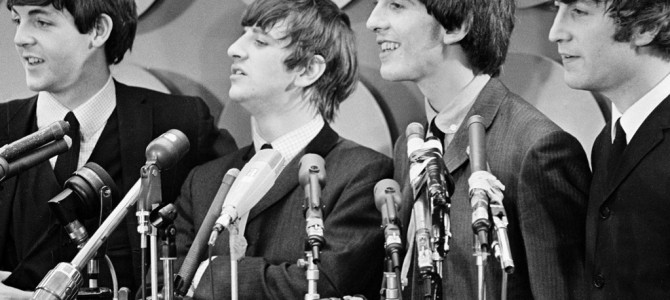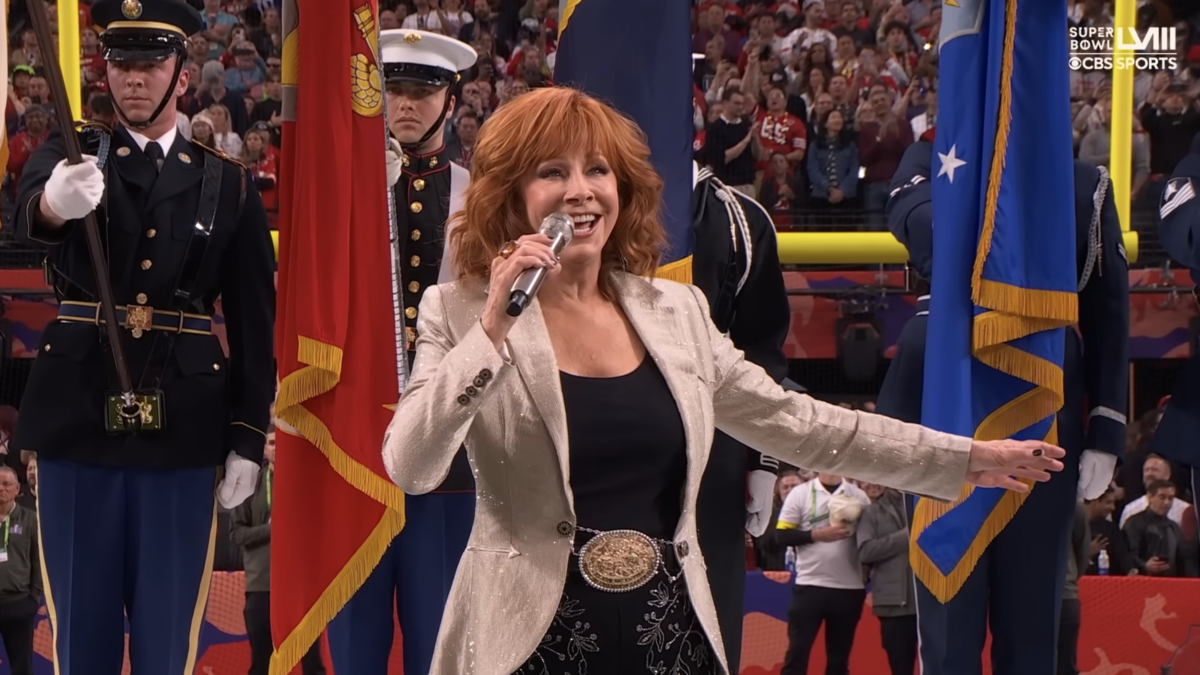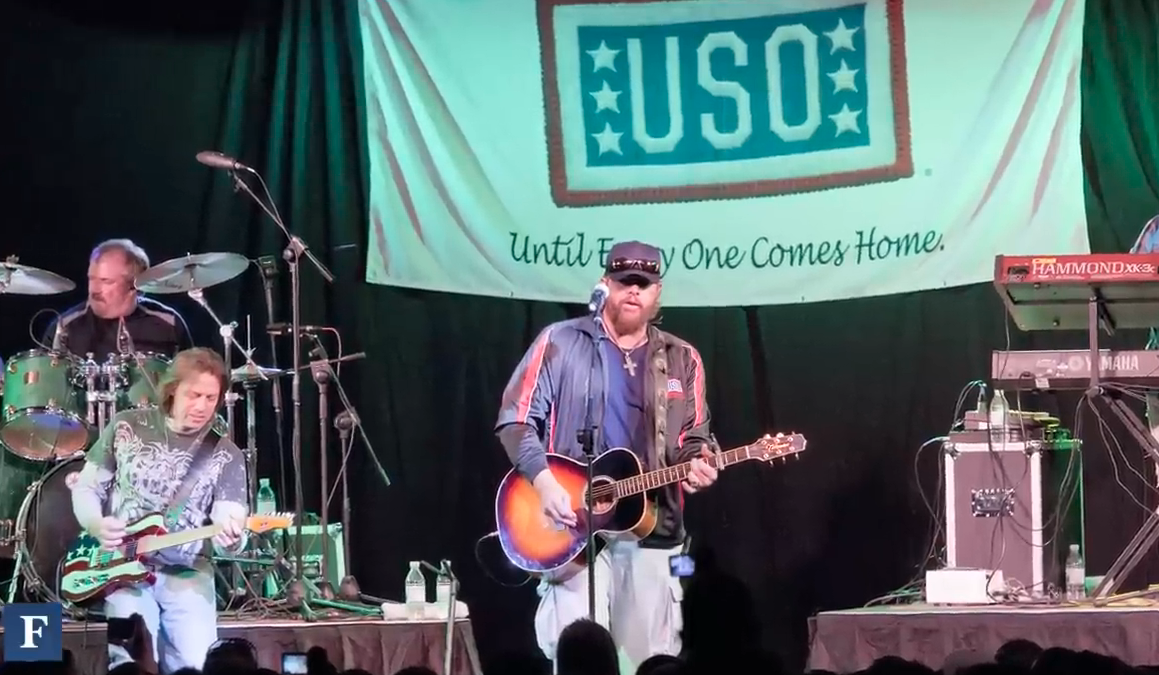
“The White Album” may not be the Beatles’ best record, but it is their record that’s the most fun to sift through, break down, and talk about. As Samuel Buntz noted in these pages, it was recently the album’s 50th anniversary. That always means retrospectives, reassessments, and appreciations galore. So, how about another one? How about a ranking of all 30 songs from the album?
The main objection to such an enterprise would be that doing so violates the spirit of “The White Album.” Because sequencing is so key to the record’s artistry and appeal, assessing all of the tracks out of context could do a disservice to some of them. It might not take into consideration the full function of a particular song.
I understand that view, but sometimes I think it’s too easy to be hypnotized by the sprawl and reach of “The White Album” (all those tracks, so beautiful in their chaos!) and let your critical guard down. I know that’s true for me, anyway. This is my pushback: A clear-eyed take on all 30 songs.
With some notable exceptions, I don’t think my appraisals stray too far overall from the conventional wisdom. If the standard line about “The White Album” is that John was dominant, Paul was up-and-down, George was delivering on his potential, and Ringo was Ringo, that’s close to what you’ll find below. But, as I said, there are exceptions, and those usually make for the most fun. Enjoy!
30. Wild Honey Pie
The kindest words I can muster for “Wild Honey Pie” are that 1) it’s mercifully short, and 2) it’s easy to mishear “honey” as “horny,” which is quality immature humor.
29. Honey Pie
Did Paul really need to do another flowery music-hall pastiche? “Honey Pie” is about as vacuous a Beatles song as there is.
28. Revolution 9
“Revolution 9” might be a well-crafted avant-garde sound collage, but I listen to the Beatles to hear pop songs. Check out “#9 Dream” instead to scratch your John-plus-9 itch.
27. The Continuing Story of Bungalow Bill
Kudos are in order for John’s chewy description of the main character (“He’s the all-American bullet-headed Saxon mother’s son”) and the seamless “Hey oh!” transition to “While My Guitar Gently Weeps.” Still, it’s an annoying song.
26. Good Night
A lush and misty Old Hollywood lullaby, “Good Night” would seem to be Paul’s domain, yet John wrote it and Ringo sang it. Sweet, sincere, but insubstantial.
25. Blackbird
I know I’m supposed to rhapsodize about the beauty and emotional power of “Blackbird,” but all I hear is a limp, ponderous, navel-gazing snoozer of a song. The melody isn’t particularly pretty, the lyrics aren’t all that moving, and the birdsong “effects” couldn’t be any lamer. Lyrical vagueness plus gushing earnestness is a bad combo.
24. Mother Nature’s Son
“Born a poor young country boy … Sit beside a mountain stream … Find me in my field of grass …” Make it stop, Paul! “Mother Nature’s Son” is in that same dull, lethally precious space as “Blackbird,” but with slightly more of a pulse.
23. Don’t Pass Me By
It’s typical lightweight Ringo, but I’m onboard with the song’s busy, chunky, heavily adorned sound. It’s hard to categorize. Maybe progressive country-and-western?
22. Savoy Truffle
Because of the song’s inspiration (Eric Clapton’s sweet tooth) and its central message (beware of your overwhelming desire for something!), I like to read “Savoy Truffle” as a veiled prophetic warning from George to his friend Clapton to not pursue Pattie Boyd (i.e., “Layla,” George’s wife at the time who later split and married Clapton, the result of which was not matrimonial bliss). It’s a wholly implausible interpretation, but these are the places your mind goes when confronted with such a silly set of lyrics. That said, I do dig the song’s funky soul backdrop.
21. Yer Blues
Yes, there’s an element of parody to “Yer Blues,” and yes, John delivers the goods on vocals, but four minutes of him wailing about wanting to die is uninspired and indulgent. Paul had the right idea with his blues experiment: short and punchy (see no. 19).
20. Birthday
An over-caffeinated take on “Oh, Pretty Woman,” “Birthday” is big, infectious, mindless, singalong, rock ‘n’ roll fun. Plus, I’m a sucker for any time Paul belts out his vocals.
19. Why Don’t We Do It in the Road?
Speaking of belted-out vocals from Paul, the raw and bluesy “Road” offers one of his most memorable, the highlight arriving with that quivering, Little Richard-like falsetto section. “Raucous Paul” rules!
18. I Will
Cleverly positioned right after “Road,” “I Will” is slight but irresistibly pretty. It features one of those perfect melodies from Paul that doesn’t sound so much like it was thought up or created but instead emerged spontaneously in one burst of inspiration.
17. Piggies
I want to hate “Piggies,” mainly because of George’s vapid anti-middle-class lyrics (which Charles Manson fatefully overinterpreted), but the song’s immaculate baroque-pop stylings hit my ear just right. The isolated orchestral climax at the end is the cherry on top.
16. Rocky Raccoon
Why I love “Rocky Raccoon”: Paul’s affected country “accent,” the way he says “that boy” and “Gideon” (“Gijjun”), Magill -> Lil -> Nancy, the honky-tonk piano breakdown, the drunk doctor who immediately lies down on the job, and just the name “Rocky Raccoon” itself. Sometimes amusing details and small moments are enough.
15. Ob-La Di, Ob-La-Da
I know what you’re thinking: “So he savaged ‘Blackbird’ and here are ‘Rocky Raccoon’ and ‘Ob-La-Di, Ob-La-Da’ in the middle of the rankings?” *Insert shrug emoji.* I find the latter to be a vibrant, eccentric, fully realized cherry bomb of joy, and seeing Paul play it live in concert several years back only solidified that opinion.
14. Everybody’s Got Something to Hide Except Me and My Monkey
A weird and wonderful ball of manic energy from John, “Monkey” also boasts a killer ending, which is something the Beatles made a sport out of on “The White Album.” “Best White Album Song Endings” could be an entire separate list.
13. Back in the U.S.S.R
Using two American-as-apple-pie musical acts — Chuck Berry and the Beach Boys — as inspiration for a mock-tribute to the ladies of the Soviet Union was a masterstroke. “Back in the U.S.S.R” doubles as a spirited rock ‘n’ roll goof and a testament to the obvious superiority of open societies.
12. Martha My Dear
I love the way “Martha My Dear” unspools and shifts course. It starts off in a “thoughtful” and earnest zone before zigging and zagging to a delightful meeting point of light-hearted and ornate. With all the tempo and key changes, it’s an elaborate composition, as well as a lovely one.
11. Sexy Sadie
John spits straight venom on “Sexy Sadie,” his target being Maharishi Mahesh Yogi. But his performance employs restraint, which leaves ample room for this trippy and intricate track to work its magic. The main piano figure (which Radiohead nicked for “Karma Police”), the loopy backup vocals, and George’s guitar tone are all aces.
10. Revolution 1
I can forgive John for his dithering about the appropriateness of violence as a means for social change because “Revolution 1” is such a dazzling piece of music. It’s a total genre mash-up, combining elements of country, blues, and doo wop, with a brass section to boot. The vibe is so inviting that you might actually think “it’s gonna be all right.”
9. Cry Baby Cry
“Sexy Sadie” and “Cry Baby Cry” are sonic companion pieces, but I prefer the latter by a hair. It’s weirder, catchier, and more memorable, and John’s vocal has that soft, spectral quality that he could do so well. Bonus points for the surprise detour at the end (“Can you take me back …?”) that leads into “Revolution 9.”
8. Helter Skelter
“Helter Skelter” is the sound of someone dancing and howling as the world comes crashing down. It has an apocalyptic fervor about it, thanks to Paul’s blistering vocal performance, the proto-metal guitar assault, Ringo’s crashing drums, and the wall of backing vocals. It’s a crappy recording, and it still absolutely slays. Not to mention, “You may be a lover but you ain’t no dancer” is a phenomenal line.
7. Glass Onion
John had an amazing ability to imbue his songs with his personality, and “Glass Onion” is a textbook example. As he drops all those self-referential nods (“Strawberry Fields Forever,” “I Am the Walrus,” “Lady Madonna,” etc), he sounds annoyed, but he’s having fun at the same time. He’s both mocking obsessive Beatles fans and sort of honoring them. He’s saying, “Paul, I hate you right now, but we’ve been through so much together.” It’s just such an enjoyable, John-rich song.
6. Julia
Remember when I complained about the “lyrical vagueness” of “Blackbird”? Here’s the exact opposite, the antidote. “Julia” is a beautiful, emotionally naked cry of love and anguish from John to his dead mother (“Half of what I say is meaningless/But I say it just to reach you, Julia”). Both the melody and the acoustic guitar part unfold so gracefully, accenting John’s words. If “The White Album” has an emotional centerpiece, it’s “Julia.”
5. Long, Long, Long
“Long, Long, Long” may be the most underrated moment on “The White Album.” Written by George, the spiritually inclined Beatle, it’s a love song to God, a prayer of thanks, a convicted acknowledgement of one’s blessedness. It’s also a mesmerizing track, anchored in an echoey soft-to-loud dynamic that mirrors the different forms that spiritual fulfillment can take in the life of a believer. “Long, Long, Long” previewed what was to come on “All Things Must Pass.”
4. I’m So Tired
How does a simple and unassuming song like “I’m So Tired” end up near the top? The short answer: the sublime, expressive voice of one John Winston Lennon. “I’m So Tired” is a catalogue of John’s increasingly desperate state of mind while he was away in India and starved for sleep and Yoko.
The song’s powerful charm lies in how John paints that picture with his voice through abrupt and violent pendulum swings. Sometimes he just sighs about his problems. Sometimes his caustic frustration flares up, and he curses the name of Sir Walter Raleigh (the savage emphasis he puts on “stupid get” is amazing). Sometimes he totally snaps, as he does most memorably on the second “I’m going insane!” The whole time, it’s up and down, quiet and loud, then back again. And you can’t help but believe every word of it.
3. Dear Prudence
What makes “Dear Prudence” four minutes of spellbinding wonder? Among other things, I love the soft contrast between the song’s cerebral exterior (think of those chiming guitar notes, Paul’s swinging bass line, and Ringo’s fidgety drums) and its interior sweetness and generosity of spirit (“Dear Prudence, let me see you smile” being just one of John’s many endearing appeals to Prudence Farrow).
The tone is perfect. It beckons you to come and sit and look around in amazement. It’s a little psychedelic oasis of peace and beauty. As the song builds and builds, you realize that everything is coalescing into a spectacular technicolor whole. All of the details complement each other exquisitely. Everything in the song not only works but works brilliantly.
2. While My Guitar Gently Weeps
There’s a lot to talk about with “While My Guitar Gently Weeps” — the epic scope of the song, George’s evocative lyrics, the shifts in his vocal, Eric Clapton’s scorching guitar part, and so on. But all of it pushes toward the same end: creating that incredible sense of drama and existential weightiness and even transcendent gloom that is the hallmark of the song.
It starts with the title — the image of a metaphorically weeping guitar simply pulsates with drama — then it spreads out from there and doesn’t relent. Even a seemingly throwaway line like, “I look at the floor and I see it needs sweeping,” carries an aspect of darkness and tension within the song’s context. George laid it on thick, and the outcome was an unassailable masterpiece (and if you dissent from this opinion, you probably need to stop believing everything that Ian MacDonald tells you).
1. Happiness Is a Warm Gun
John once described “Happiness Is a Warm Gun” as a thumbnail history of rock ‘n’ roll. With its three different sections, it does communicate that sense of looking back, surveying, and sampling. But it also feels like John was creating something new. Maybe an early version of prog? David Bowie? I’m not sure, but it speaks to John’s brilliance that he was able to craft those distinct movements (“the dirty old man … the junkie … and the gunman” in his words), make each artful and unforgettable, link them coherently, then wrap up the whole thing in under three minutes.
In that brief span, the song delivers an indelible opening line (“She’s not a girl who misses much”), a flurry of colorful, wordy imagery (“a soap impression of his wife”), that fuzz-guitar transition, the “Mother Superior” buildup, and finally a blissful girl-group homage that’s capped off by John’s unmissable vocal when he exclaims, “When I hold you in my arms … !”
In lesser hands, it’s the type of song that easily could’ve gone off the rails or ended up overstuffed. But John and the boys were in total control here. They were operating as a unit. They were in dominant form. And they produced one of their finest creations.









